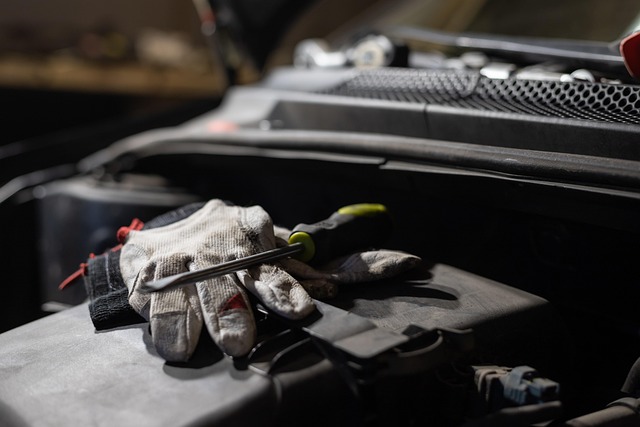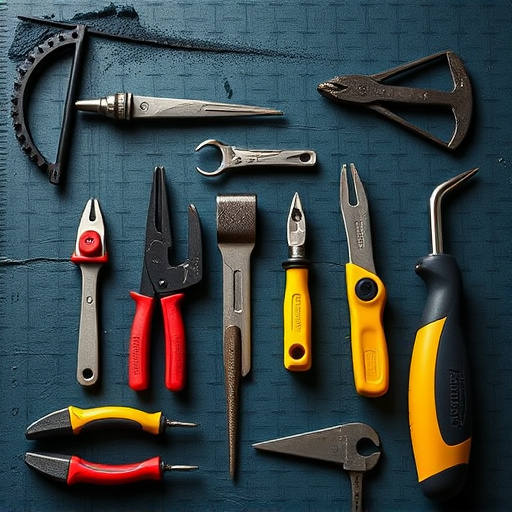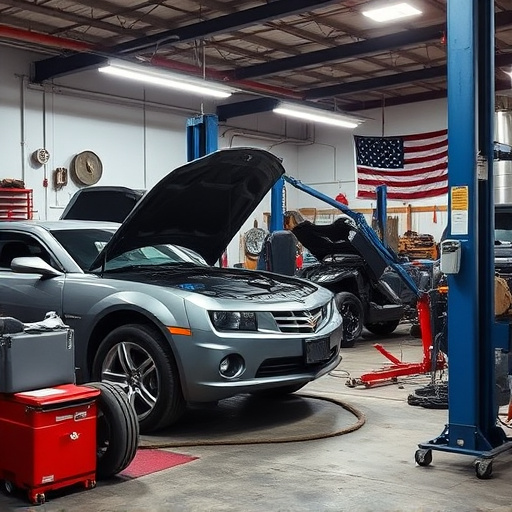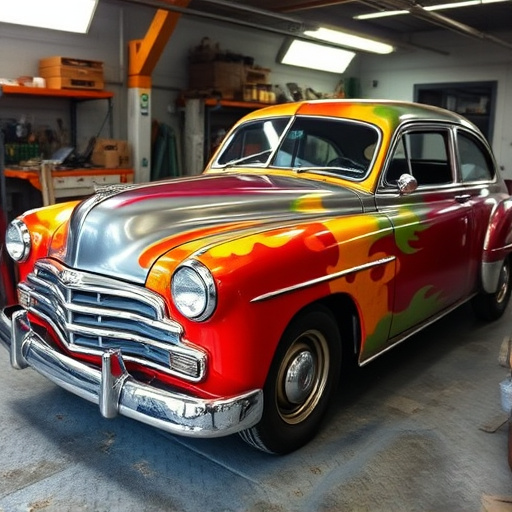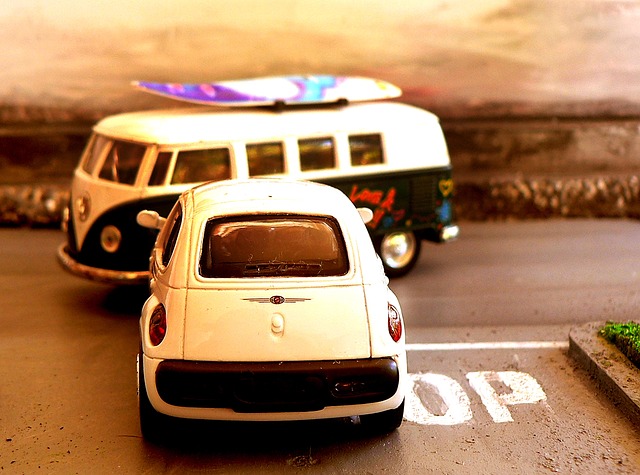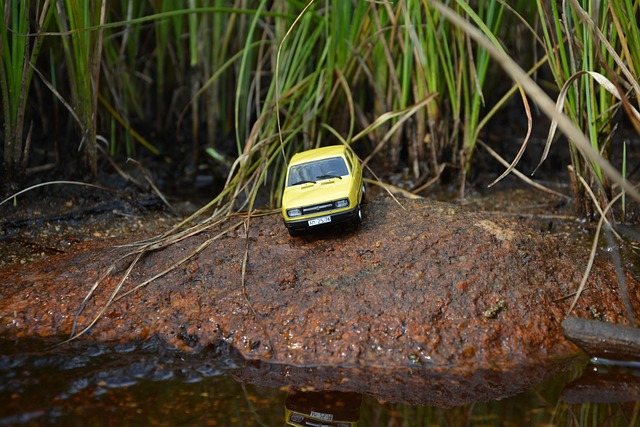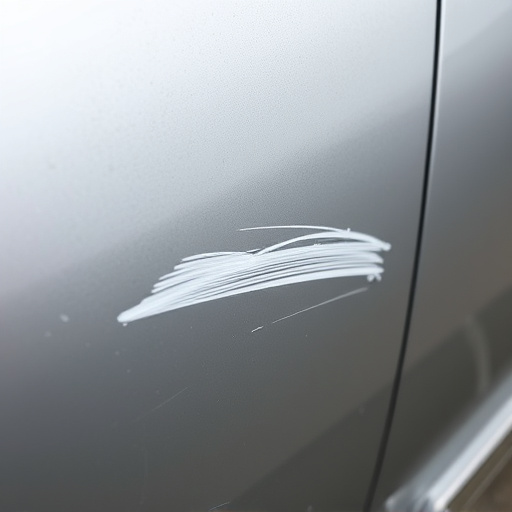Crash worthiness restoration is a vital automotive safety process that requires precise frame straightening and adherence to strict structural integrity standards. Quality control through detailed inspections, staff training on cutting-edge techniques, and continuous improvement enhance restoration quality and customer trust. Continuous training for technicians, covering latest industry standards and tools, ensures high-quality services, maintaining vehicles' pre-accident condition or better, and boosting the industry's reputation.
In ensuring vehicle safety, crash worthiness restoration stands as a critical process. This article explores best practices to maintain unparalleled quality in crash worthiness restoration, focusing on understanding stringent industry standards, implementing robust quality control, and promoting continuous technician training and certification. By adhering to these guidelines, automotive professionals can guarantee restored vehicles meet or exceed safety expectations, fostering public confidence in their services.
- Understanding Crash Worthiness Restoration Standards
- Implementing Rigorous Quality Control Measures
- Continuous Training and Certification for Technicians
Understanding Crash Worthiness Restoration Standards
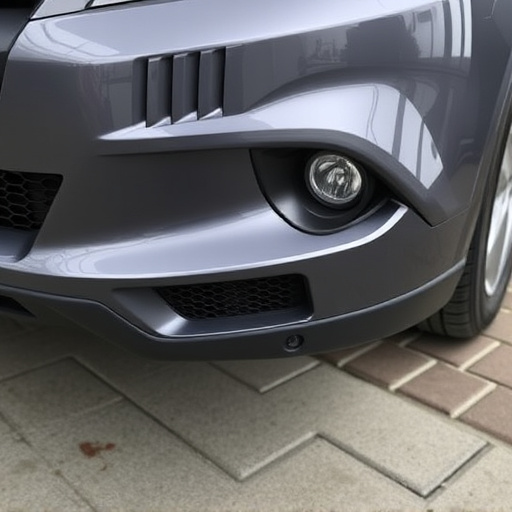
The concept of crash worthiness restoration is a critical aspect of automotive safety and involves repairing vehicles to their pre-accident condition while ensuring they meet specific structural integrity standards. These standards are designed to guarantee that once restored, vehicles can safely return to the road, protecting occupants and other drivers. Understanding these regulations is paramount for auto repair services aiming to provide top-quality collision repair.
Crash worthiness restoration goes beyond mere cosmetic fixes. It involves meticulous frame straightening techniques to maintain the structural integrity of the vehicle. Every part of the car’s frame must be accurately aligned and secured, as even minor discrepancies can compromise safety during future collisions. Professionals in auto repair services are trained to assess and rectify these issues using advanced equipment, ensuring that every repair adheres to stringent industry standards for crash worthiness.
Implementing Rigorous Quality Control Measures

In the realm of crash worthiness restoration, implementing rigorous quality control measures is paramount to ensuring safety and customer satisfaction. Every step of the process should be meticulously scrutinized to maintain the highest standards. This includes meticulous inspection protocols for each stage of repair, from initial damage assessment to final vehicle paint repair. Skilled technicians play a crucial role in upholding these standards by adhering to established guidelines and best practices, minimizing errors, and maximizing structural integrity during autobody repairs.
Effective quality control involves not just the technical aspects but also fostering an environment of continuous improvement within the auto repair shop. Regular training sessions for staff on the latest restoration techniques and advancements in vehicle paint technology ensure that everyone involved is equipped to handle complex crash worthiness cases. By prioritizing these rigorous measures, the overall quality of restorations increases, instilling confidence in both customers and industry peers alike regarding the shop’s capabilities in handling even the most challenging autobody repairs.
Continuous Training and Certification for Technicians
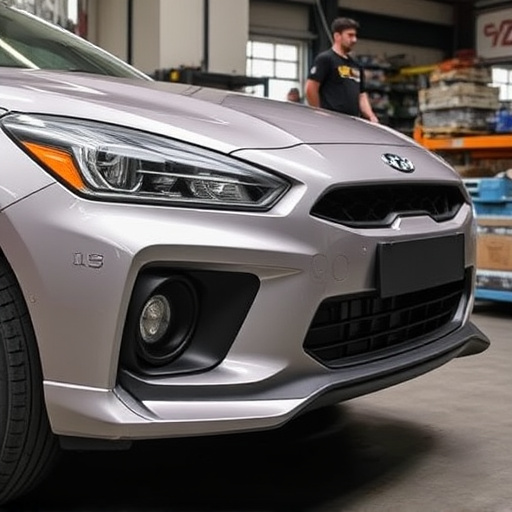
In the field of crash worthiness restoration, continuous training and certification for technicians are paramount. This ongoing education ensures that professionals stay abreast of the latest industry standards, safety protocols, and technological advancements in car body restoration, such as paintless dent repair. By participating in regular workshops and seminars, technicians can refine their skills, learn innovative techniques, and gain certifications that attest to their expertise. Such continuous learning is crucial for maintaining high-quality standards in crash worthiness restoration, ensuring that vehicles are not only repaired but also restored to their pre-accident condition or even beyond.
Furthermore, these training programs often cover topics related to the latest equipment and tools available for car dent repair. Technicians learn how to use advanced systems effectively, enhancing their efficiency and precision. This specialized knowledge not only benefits individual technicians but also contributes to the overall reputation of crash worthiness restoration services, demonstrating a commitment to excellence in the field.
Ensuring quality in crash worthiness restoration is paramount for safety and customer satisfaction. By adhering to established standards, implementing robust quality control measures, and promoting continuous technician training, restorers can maintain high levels of craftsmanship. These best practices not only protect the integrity of repaired vehicles but also build trust among consumers, solidifying the reputation of restoration services in the industry.
